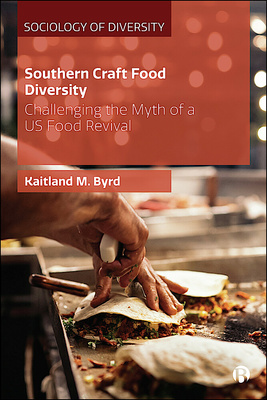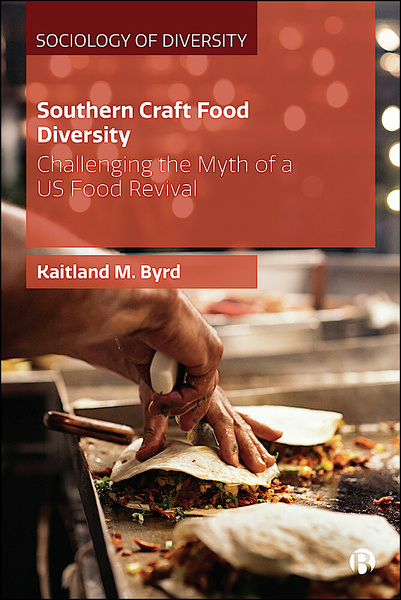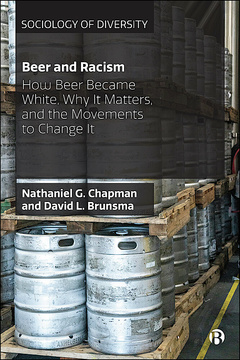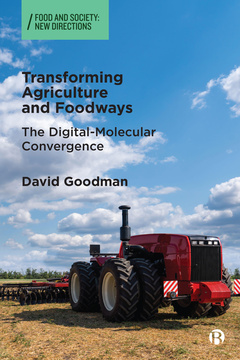ISBN
978-1529211429Dimensions
234 x 156 mmImprint
Bristol University PressISBN
978-1529211412Dimensions
234 x 156 mmImprint
Bristol University PressISBN
978-1529211443Imprint
Bristol University PressISBN
978-1529211443Imprint
Bristol University PressOn our blog: 'Challenging the myth of a US food revival'
Driven by consumers’ desire for slow and local food, craft breweries, traditional butchers, cheese makers and bakeries have been popping up across the US in the last twenty years. Typically urban and staffed predominantly by white middle class men, these industries are perceived as a departure from tradition and mainstream lifestyles. But this image obscures the diverse communities that have supported artisanal foods for centuries.
Using the oral histories of over 100 people, this book brings to light the voices, experiences, and histories of marginalized groups who keep Southern foodways alive. The larger than life stories of these individuals reveal the complex reality behind the movement and show how they are the backbone of the so-called "new explosion" of craft food.
"Although we may conceive of the American South through culinary stereotypes, Kaitland Byrd demonstrates how this view misleads. Examining the diversity of curing meats, winemaking, and fishing, Byrd powerfully argues that the South is a capacious kitchen." Gary Alan Fine, Northwestern University
"Using oral histories of almost 100 individuals, Byrd offers a sociologically rich antidote to the whitewashed narrative of foodways in the South." David L. Brunsma, Virginia Tech
Kaitland M. Byrd is Lecturer in Sociology at Virginia Tech and a visiting scholar at the National Center for Institutional Diversity at the University of Michigan.
Introduction: Crafting Revisions from Southern Food Culture
Terroir in a Glass: The Rise of Southern Winemaking
Water and Waves: The Rebirth of Coastal Fishing Communities
Local Markets: Value- added Products at Farmers’ Markets
Smokehouses: The Art of Curing Meats
Beyond Popeye’s and KFC: The Whitewashing of Southern Food Restaurants
Conclusion: The Future of Southern Food
















